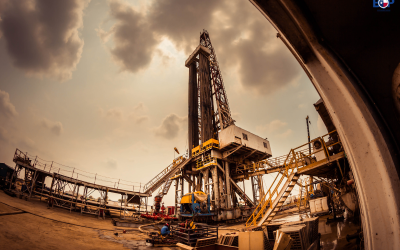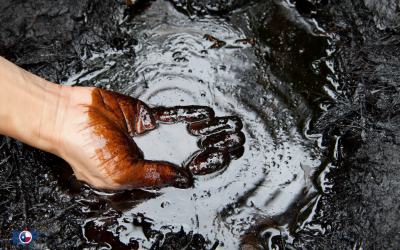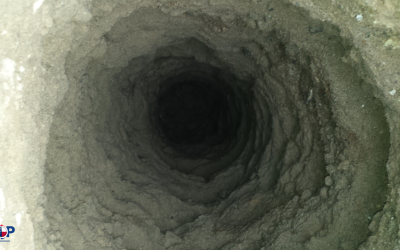Oil has powered industries, fueled transportation, and transformed economies all over the world. Understanding when did oil drilling start helps explain how crude oil became the foundation of modern energy. The first commercial oil well didn’t just open the ground—it opened the door to a global oil boom that continues to shape energy and industry today.
Early Oil and Pre-Commercial Extraction
Long before modern rigs, people used early oil for lamps, waterproofing, and medicine. It came from surface seeps and simple collection methods. Small amounts of crude oil were helpful, but it only became really useful when people could get and control bigger amounts of oil extracted.
Here are some key points about how early oil was used:
- Natural seeps were the first oil sources
- Ancient cultures used oil in daily life
- Small-scale extraction showed oil’s potential as fuel
The First Commercial Oil Well
On August 27, 1859, Edwin Drake drilled the first successful well in Titusville, Pennsylvania. This marked the official start of modern oil drilling in the United States. The well began producing steady amounts of oil, proving that drilling could deliver commercial oil supplies. Soon after, barrels of oil were flowing, fueling growth far beyond local demand.

Here are some important facts about Drake’s well:
- Drake’s well produced about 25 barrels of oil per day
- Considered the first true “oil field” in America
- Sparked an industry that spread across the country
The Spread of Oil Production Across the U.S.
After Drake’s success, other producing states followed, including West Virginia and Ohio. These regions fueled the first big oil boom. Expanding oil supplies created new opportunities in energy, transportation, and manufacturing. As production grew, so did changes in oil prices and the growth of oil and gas production as a major industry.
Here’s how oil production spread across the country:
- West Virginia became a leading producer
- Oil supplies stabilized energy access
- Oil booms created new towns and economies
- Price shifts impacted both local and global trade
Offshore Oil and Modern Drilling Techniques
As land fields matured, drilling moved offshore. Wells in the Santa Barbara Channel became early examples of offshore oil operations. Over time, offshore drilling expanded worldwide. Alongside this, new methods like hydraulic fracturing unlocked deeper reserves, supplying today’s world oil markets and ensuring steady growth.
- Offshore drilling opened new energy frontiers
- Santa Barbara marked a turning point in exploration
- Hydraulic fracturing increased well productivity
- World oil supply expanded with modern methods
Environmental and Operational Challenges
Growth in drilling came with risks. Major oil spills like those off California and in the Gulf highlighted the need for safer practices. Today, improvements in technology and standards help protect workers, the environment, and long-term oil and gas production.
Here are the main challenges and lessons learned:
- Oil spills caused environmental damage
- Modern standards improved safety
- Lessons from history shaped today’s practices
When Did Oil Drilling Start?
The answer to when did oil drilling start goes back to August 27, 1859, when Drake’s well proved that oil could be extracted on a commercial scale. From natural seeps to offshore platforms, crude oil has shaped economies and powered industries for over 160 years. The legacy of that first well continues today as global oil supplies fuel progress and innovation.
As drilling equipment suppliers in Houston, Texas, the work you do pushes oil and gas forward with every project. From traditional wells to advanced operations, your expertise keeps the industry strong and ready for the future.
Are you planning your next drilling project? Contact us today to explore equipment solutions built for safer, more efficient production.




